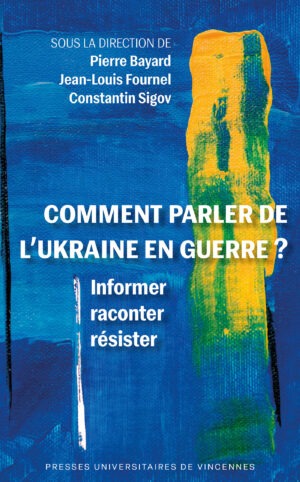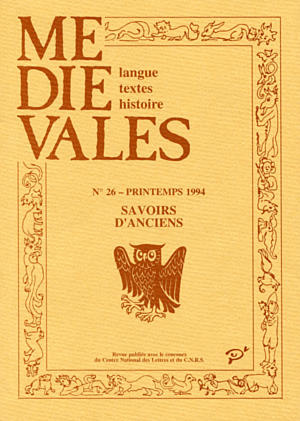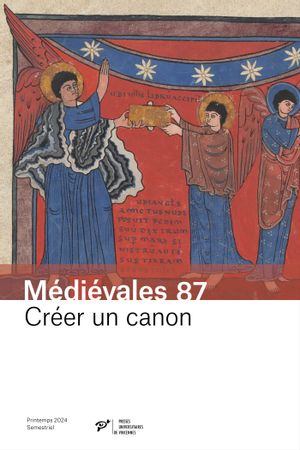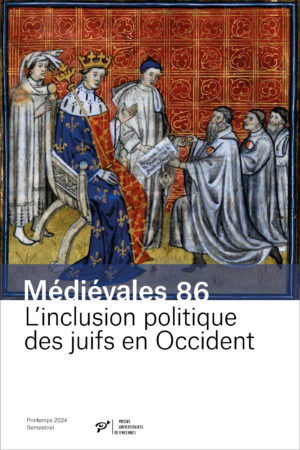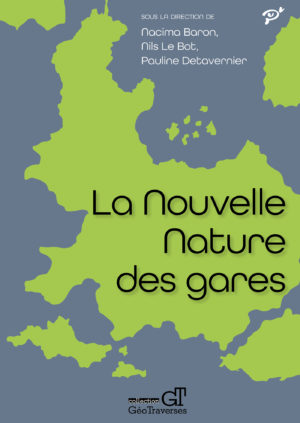Bruno LAURIOUX : « The ancient way of cooking : Apicius in the Middle Ages »
AssembIed in the late fourth century, the cookbook which tradition has attributed to Apicius had a predominantly medieval destiny. Serving as a practical and living text until the sixth century, it became known from that time onward as a purely literary and dead work. This was notably the case during the Carolingian Renaissance, when the scriptoria of Tours and of Fulda produced manuscripts of the cookbook and where, it seems, Loup de Ferrières, as well as alI those who were inspired by it, used Apicius’text. It was afterwards practically forgotten, until its rediscovery in the fifteenth century by the humanists. The credit for this is due not to Poggio, but to Enoch of Ascoli, who brought a manuscript back to Italy. The rediscovery, however, had only a limited influence, with the exception of the Roman Academy of Pomponio Leto, where Apicius was used notably by Platina to define his humanist gastronomy.
Francine MORA : « Virgil the Magician and the Aeneid of the Chartrains »
The medieval legend of Virgil, which imagined the poet as a science fiction magician endowed with incredible technical powers, took shape in the second half of the twelfth century. Probably springing from Neapolitan lore, the legend was nevertheless seriously recorded in learned texts written in Latin by clercs of English origin. The elaboration of the legend may welI have been due in a large measure to the interpretation of the Aeneid proposed by the masters of the school of Chartres, who likened the poem to a sort of scientific encyclopedia through which the soul traveled, striving to free itself from the prison of the body. At a time when reason was beginning to demarcate itself from faith, Virgil may well have been considered as the paradigm of the homo technicus, possessor of a wisdom giving the power to prevail upon the world.
Jean-Louis GAULIN : « Ancient Agronomy and Medieval Elaboration : From Palladius to the Préceptes cisterciens d’économie rurale »
The paper presented here contributes to a fuller knowledge of the agronomic and economic culture of the Cistercian order in the twelfth and thirteenth centuries. It has been noted that Palladius’Opus agriculturae, an agronomic treatise written near the end of Antiquity, was present in the librairies of several Cistercian monasteries in the twelfth century. The White Monks also played an important role in the diffusion of the text in Italy during the thirteenth century. At Clairvaux, an anonymous author had completed a manuscript of the Opus agriculturae (Troyes, B. M. 1369) by recording four short Préceptes cisterciens d’économie rurale. This text (edited and translated in the annex) establishes the quantity of wool necessary for monastic habits, fixes the ration of oats for plough horses, gives advice on how to cultivate the gourd (cugurta), and enumerates the elementary rules for sheep raising. The Préceptes reveal judicous garden and breeding techniques well adapted to northern France. They also show concern for the efficient management of ressources. By way of hypothesis, we may ask whether the Préceptes – which constitute a sort of memoranda – were destined to help the masters of the grain storehouses, and, through them, the laymen. The interest for domestic economy thus took contrasting but complementary cour ses : a knowledge of ancient and partly antiquated agronomy, but nevertheless considered as indispensable, and an elaboration of empiric wisdom – of which we have found new evidence – arising from the accumulated experience of the Cistercian monasteries and storerooms.
Marilyn NICOUD : « Che manza fichi, semina rogna : Problems of ldentifying a Dermatosis in the Middle Ages »
The evolution of medical concepts and of nosology often render the identification of diseases difficult in medical Literature. This is notably the case with texts on dietetics, more concerned with suggesting rules for good health than with describing symptoms. Thus the mention of a specific affection, the rogna, in Libreto de tutte le cosse che se magnano by Michele Savonarola, raises doubts as to the identification of the disease. Is it a case of scabies or of some other dermatosis ? To answer the question, one must endeavor to define the meaning of rogna and of its Latin equivalent, scabies. To this effect, a list of classical and medieval authors who have mentioned this particular affection has been constituted, since in the Universities medical knowledge was founded upon the reading of, and commentating on, the authorities. This approach, however, does not lead to a definite conclusion as to the meaning implied by the term rogna, the etiology of scabies being obviously far from clear in the fifteenth century.
Riccardo LUISI : « From the Fortified Castle to the Fortress. A Short History of Italian Military Architecture from the XIth to the XVIth Century »
The evolution of military architecture is directly related to that of arms and military equipment. The fortified castle serving as stronghold, residence, and shelter for the population in times of danger, underwent a radical change when the invention of gunpowder and subsequently the artillery rendered it ineffectual. However, the change form medieval weapons to fire arms was graduaI, and for a time both were used. The progressive improvements of the efficacity of the artillery finally led, after a transitional period of fifty years, to the adoption of the garnisoned fortress and fortifications whose essential element was the bastion. This system of defense, perfected and adapted to the terrain but with non fundamental changes, stayed in use until the nineteenth century. This article also stresses the Italian contribution to military architecture and systems of defense, and its spread and influence through out Europe.
Nora BEREND : « An Invisible Subversion : The Disappearance of the Irrevocable oblation of Children in Canon Law »
Oblation, the offering of children to monasteries to become monks or nuns, was an essential institution in the early Middle Ages, but by the thirteenth century not only had the number of oblates diminished significantly, but the character of oblation had also changed. While in the early period canon law maintained that parental vows bind the child to the monastery forever, in the later Middle Ages it allowed the child to decide upon reaching the age of majority whether he wanted to stay in the monastery or return to the world. This article argues that the transformation of oblation in canon law occured gradually in the late twelfth century through a series of commentaries on Gratian, instead of being simply decreed by the pope The examination of these commentaries also indicates that through a process of interpretation and reinterpretation, authoritative texts could be invested with radically new meanings by their commentators. In this case a distinction between a fluid, easily changing oral tradition and a rigid text – based and authority – oriented society is not valid : textual authority was not a barrier to change.
